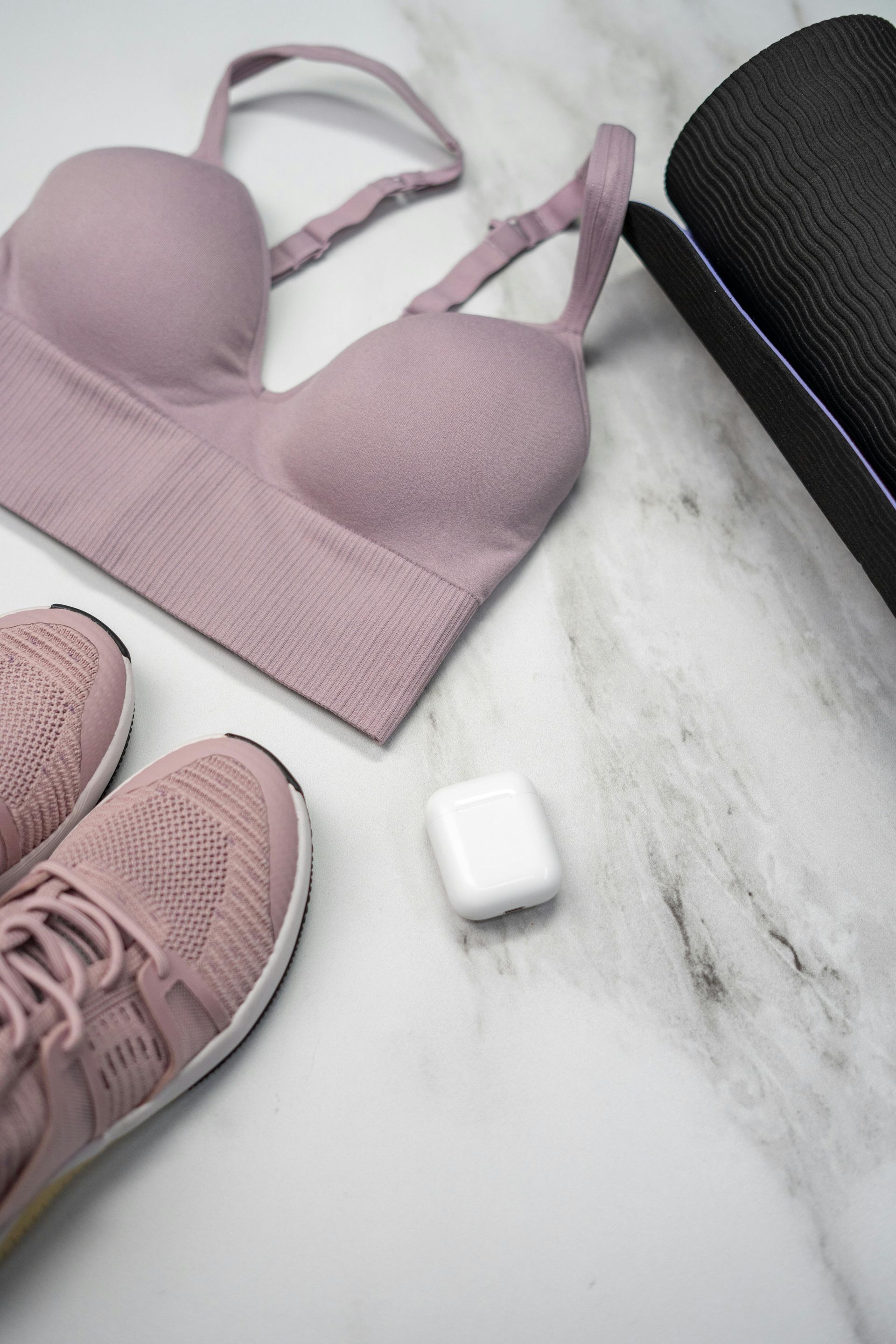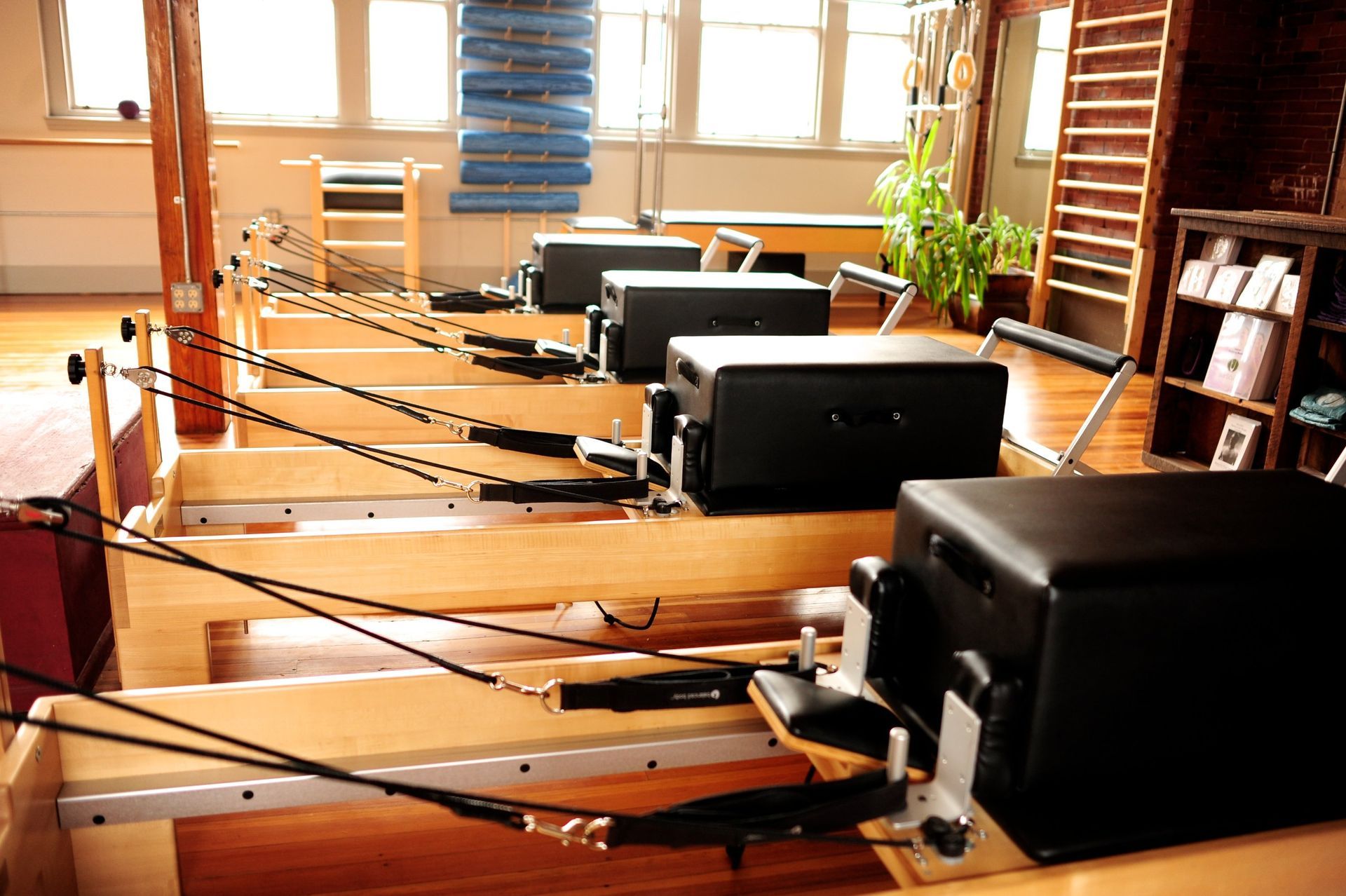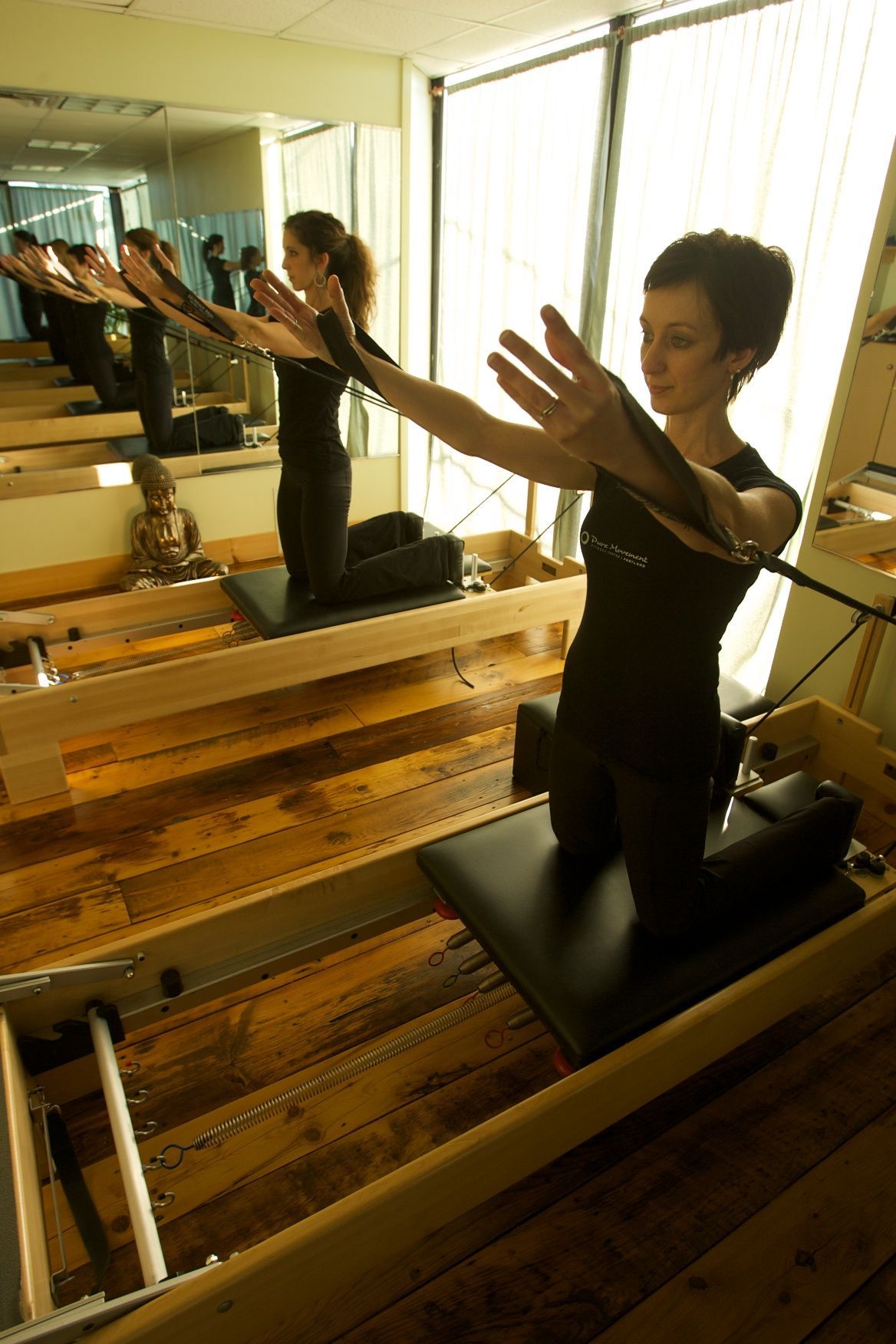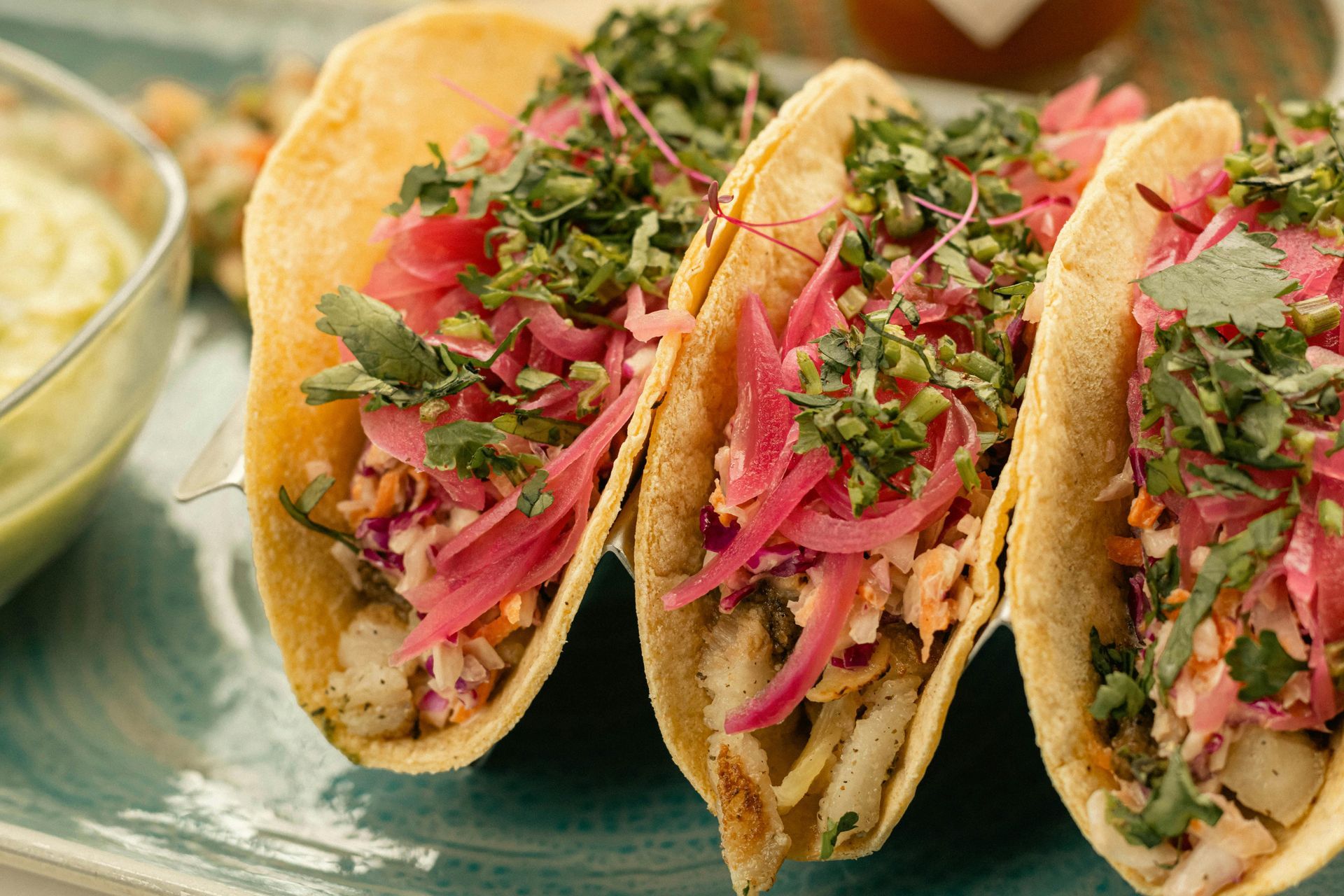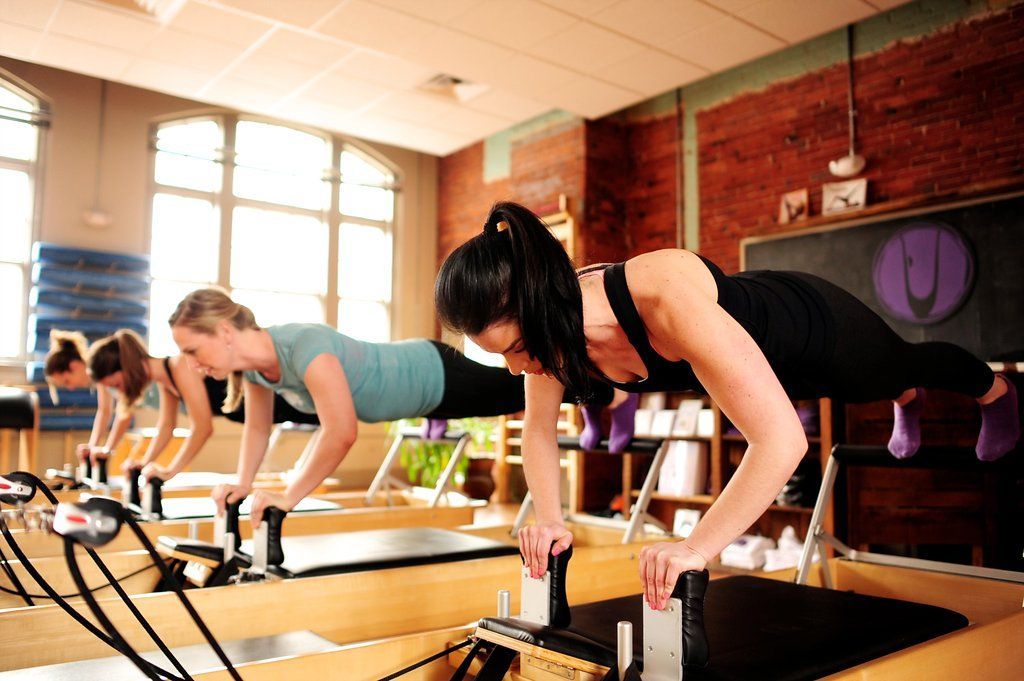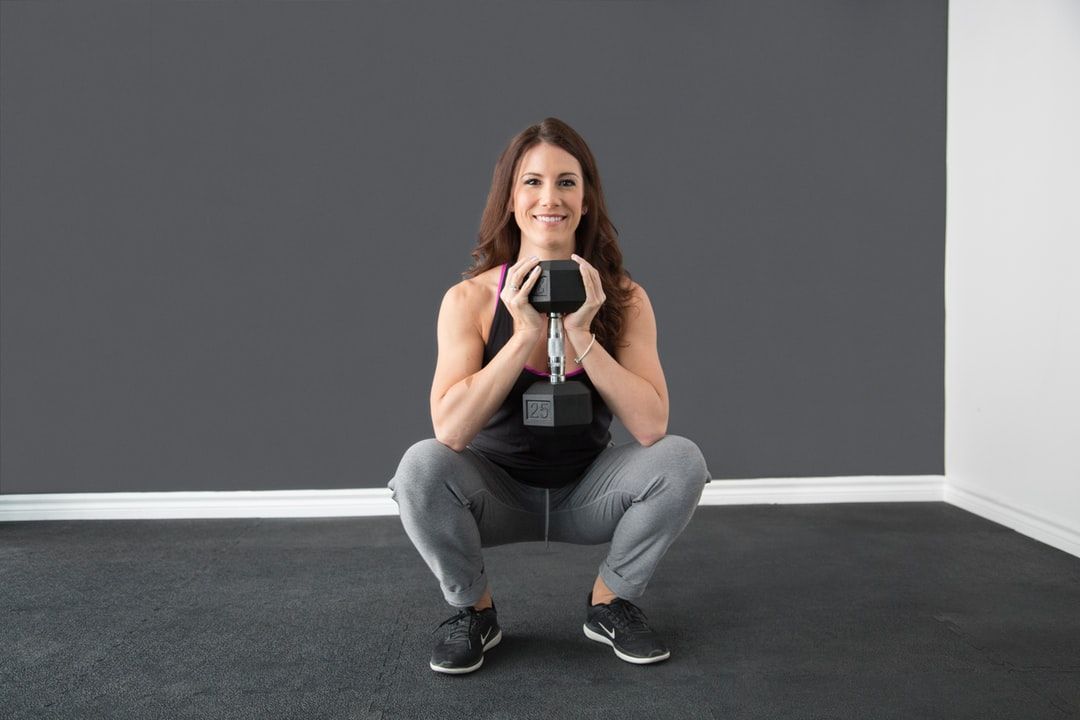Feel the Beat: How Music Shapes Group Fitness Classes
From Barre to Pilates, discover how music enhances mood, motivation, and movement—and why teaching with rhythm isn't just about the playlist.

When I step in front of a group fitness class, whether it’s Barre, or Pilates, there’s one subtle but powerful tool that can elevate the experience instantly: music. It’s often invisible in the planning, unspoken during class, but undeniably present in every pulse, every stretch, and every emotional rise in the room.
The Unseen Conductor: How Music Guides Movement
In a group fitness setting, music is more than background noise—it’s a guide, a motivator, and at times, even a co-instructor. In Barre-based classes like BarSculpt, music has a direct relationship with how fast or slow we move. It sets the tempo of a plié, the drive of a glute kickback, and even the depth of a final stretch.
I often describe it this way: imagine teaching without music—it’s doable, yes, but without that rhythmic push, the collective energy of the room can feel less cohesive. Music creates a shared pace, a shared heartbeat. It influences whether a client challenges their limits or glides into rest.
Creating the Barre Playlist: A Simple Formula That Works
In BarSculpt and Barre-style classes, I keep my playlist formula fairly simple: two upbeat songs followed by a slower stretch or transition song. This rhythm—energize, push, recover—not only works physiologically but psychologically as well. Clients come to expect the shift, and their bodies respond accordingly.
A big tip I give to newer instructors: use your playlist as your class clock.
If you're teaching a 45-minute class, set your playlist to match that length. If you're only halfway through your sequence and the playlist is wrapping up, it's a clear signal that you're moving too slowly. If you're done and you still have 15 minutes of music left, you've gone too fast. It's a subtle but effective pacing tool, especially when you're still learning how to structure a class in real time.
The music doesn’t need to be trendy or familiar; it just needs to be thoughtfully chosen. I avoid anything that makes the class feel like a club at 7 a.m., but I’m also not afraid to play something that makes clients smile or hum along. That flicker of recognition—of joy—can go a long way in motivation.
Teaching to the Beat vs. Using Music as a Mood
One of the biggest distinctions between Barre and Pilates is how music is used. In Barre, we often teach to the beat. Pulses, tempo changes, and transitions sync with the rhythm of the song. In many cases, we’re counting reps or cueing to phrases in the music. It becomes choreography without the pressure of performing.
In Pilates, however, music serves a different role. It supports the mood rather than directing movement. I prefer mid-level energy—think Enya, mellow electronica, or instrumental ambient playlists. Music should be felt but not heard overtly. It should never overpower the breath or dominate the room. Pilates is an internal practice, and the music must respect that space.
Some teachers ask me if they should use music at all during Pilates, and I always answer: if it enhances the practice, use it. If it distracts, cut it. For me, having a calming, steady background helps regulate the room without dictating how the body should move. The breath—not the beat—is the metronome in Pilates.
Teaching Without Music: Why You Won’t Find It On My Website
If you’ve explored my on-demand library, you’ll notice something: I don’t teach to music online. Not because I don’t love it (I do), but because licensing music for on-demand content is a logistical (and legal) headache. Sync licensing, royalty payments, regional limitations—it’s more than most fitness pros have time or budget for.
And to be totally honest? The royalty-free music options out there often drive me crazy. I’ve tried to use them, and I almost always regret it. What sounds okay in a live studio class feels flat or forced on video. Some of it makes me feel like I’m in an elevator. Other times it’s like I’ve walked into a merry-go-round playing techno remixes of Mozart. It distracts more than it delivers.
This is one reason I’ve chosen to create videos without music. I’d rather the sound be clear, the cueing direct, and the movement intentional. Clients can add their own playlists at home, and many do. I always say: press play on what motivates you.
The Instructor as the DJ… and the Drummer
A good instructor doesn’t just pick a playlist—they set the beat, whether music is playing or not. This is where your voice, timing, and energy step in. You can mimic a rhythm with your words. “Pulse, pulse, pulse, hold.” That cadence becomes the music. If your mic fails, your class should still move with you.
I’ve had moments teaching in person when the speaker battery died, or the Bluetooth cut out mid-song. In those moments, it’s on you to keep the energy going. Clapping, vocalizing, stomping—whatever it takes to keep the rhythm alive. You become the metronome, and your class will follow.
The Science Behind the Sound
Research supports what we intuitively know: music changes how we move. Studies show that people naturally sync their movement to music—even when they don’t realize they’re doing it. Fast-paced songs can increase exertion and endurance. Slower songs help with recovery and relaxation. The right playlist can make time pass faster and reduce perceived effort. It's a legal performance enhancer—no side effects required.
In group fitness, this means a well-timed shift in music can push a class through the hardest part of the workout, or help them fully let go in the final stretch. Music helps create the arc of an experience, not just a series of exercises.
Why It Matters
At its core, music helps us feel more. It connects us to the present moment. In a fitness class, it connects us to each other. That communal breath during a slow song, that shared smile during a nostalgic beat drop—it brings us closer, makes us work harder, and leaves us walking out with a better mood than we walked in with.
As an instructor, your relationship with music doesn’t have to be complicated. You don’t need to be a DJ. You just need to listen—to your class, to your environment, and to the way movement and music can work together to create something bigger than the sum of its parts.
So next time you step into class, whether you’re the teacher or the student, take a moment to notice the music. Is it driving you? Supporting you? Distracting you? Helping you stay in rhythm with yourself?
And if you’re teaching? Remember: music is a tool—not the teacher. You are the teacher. And with or without a playlist, your energy is the real soundtrack.
